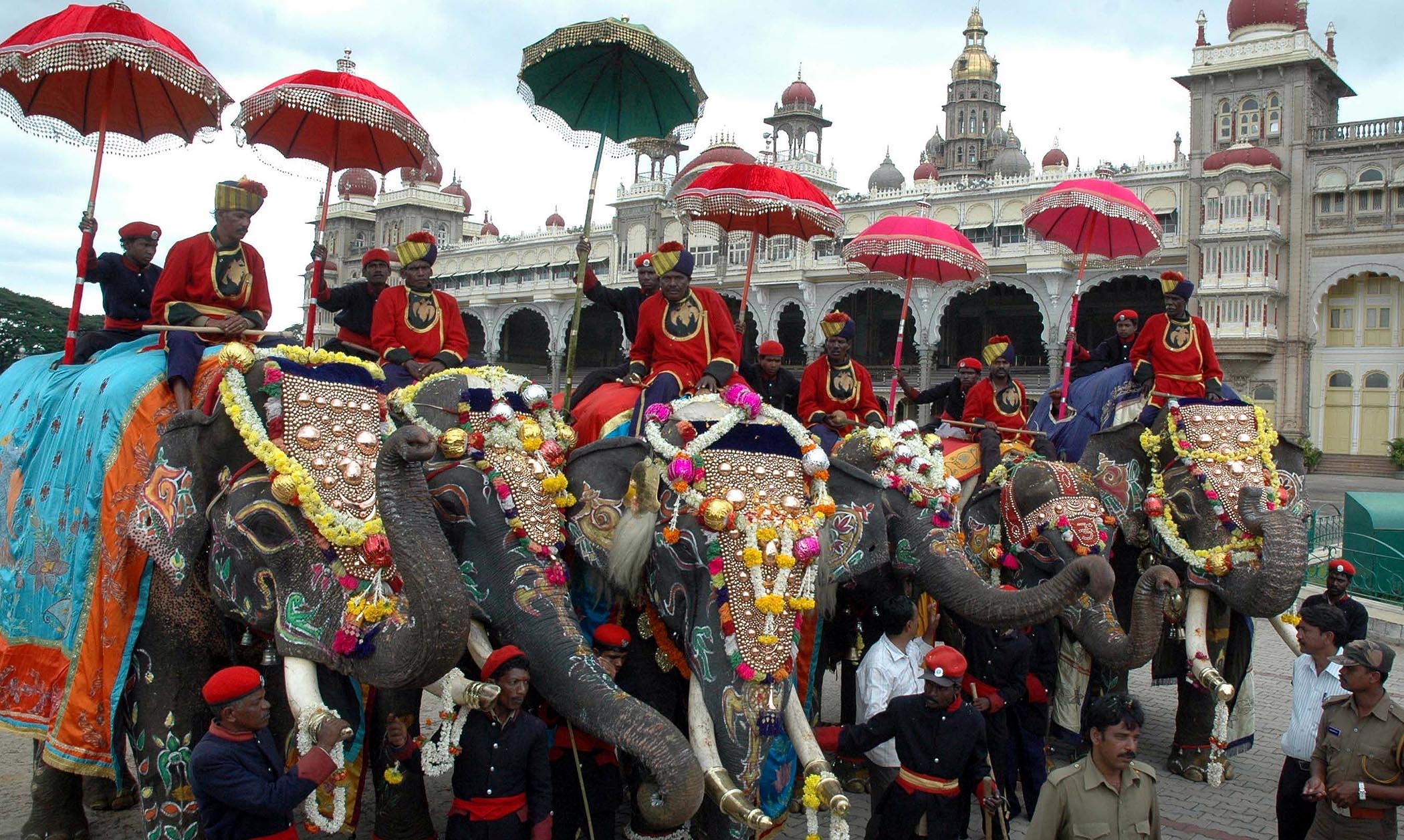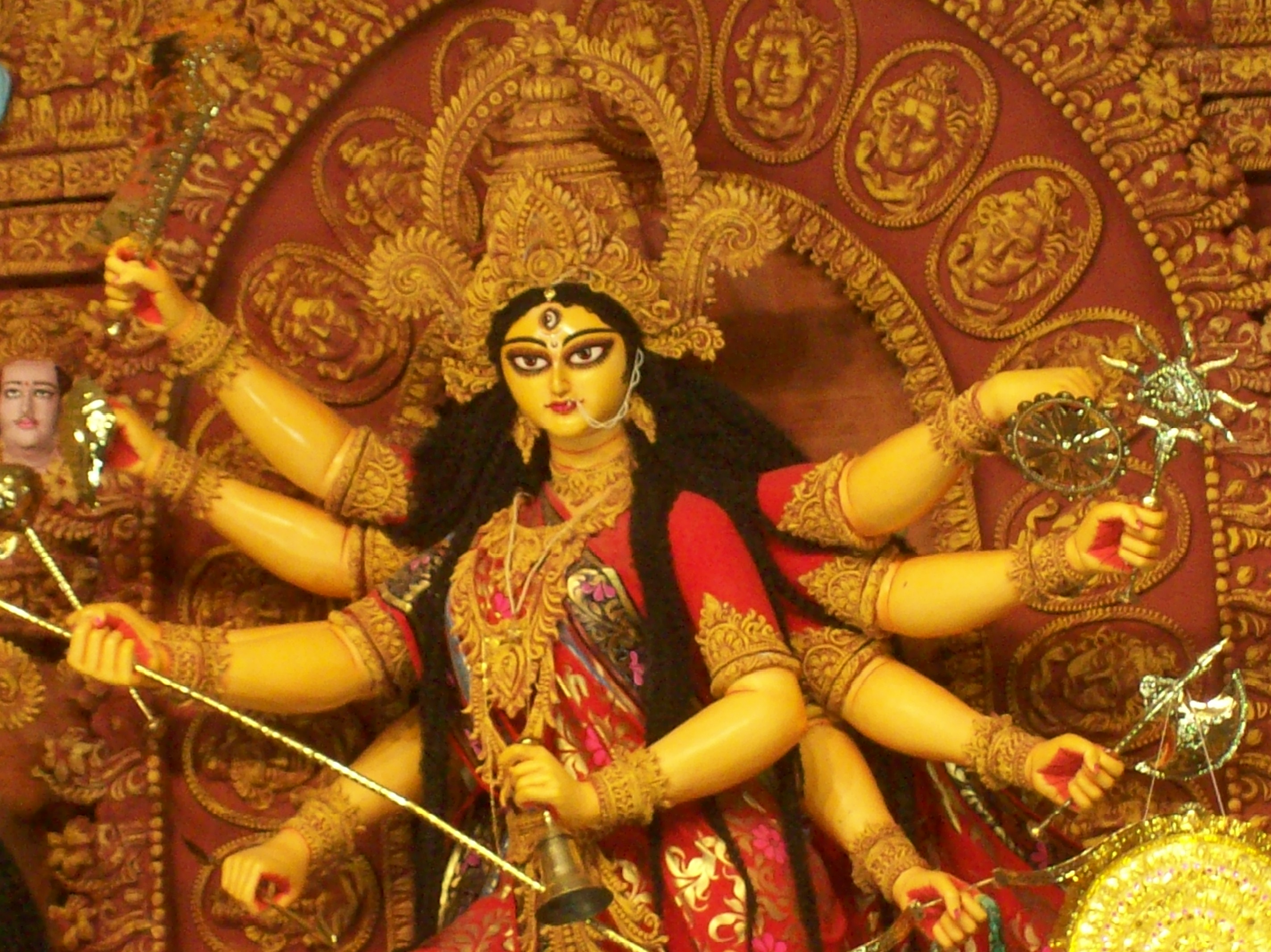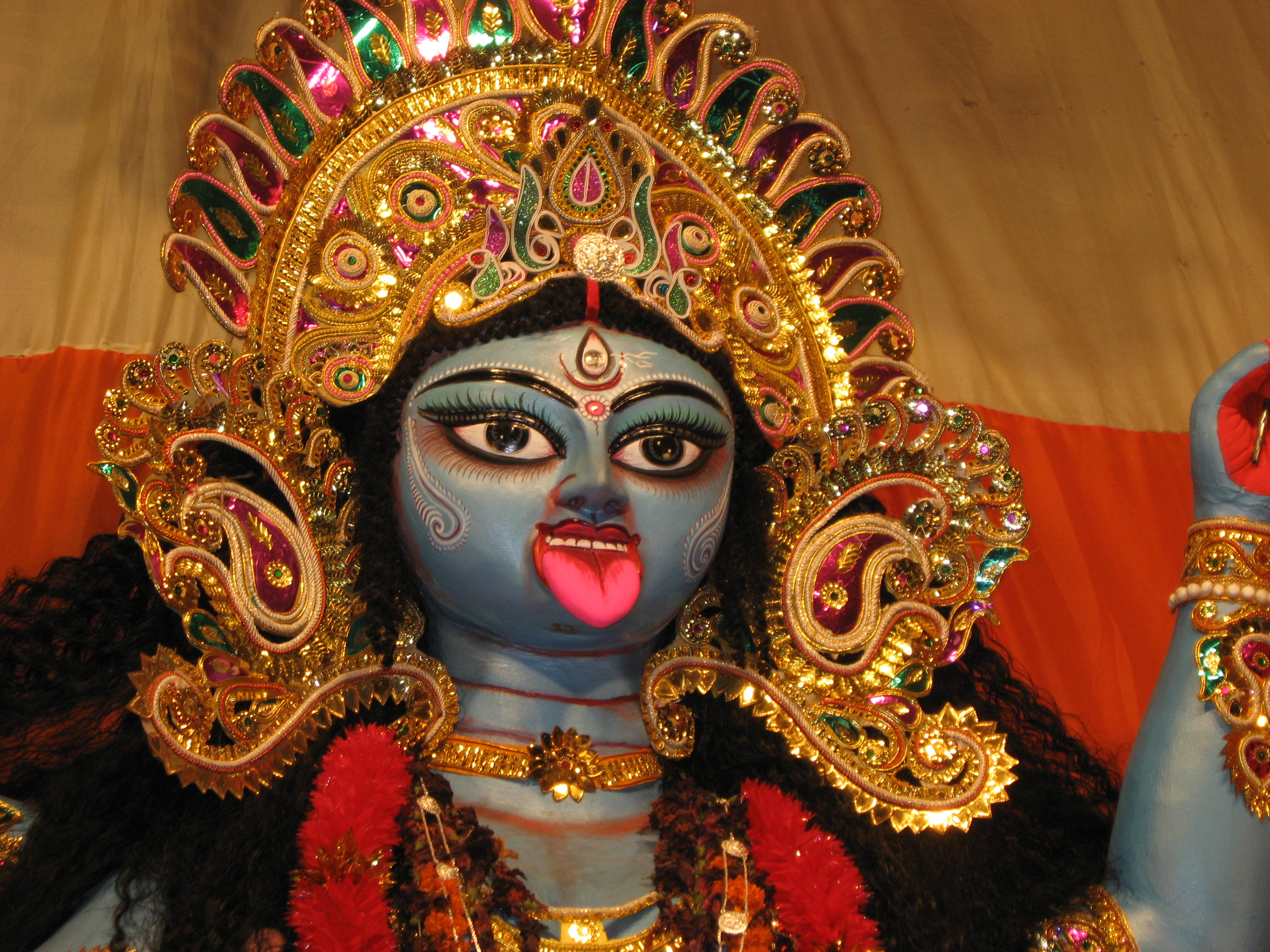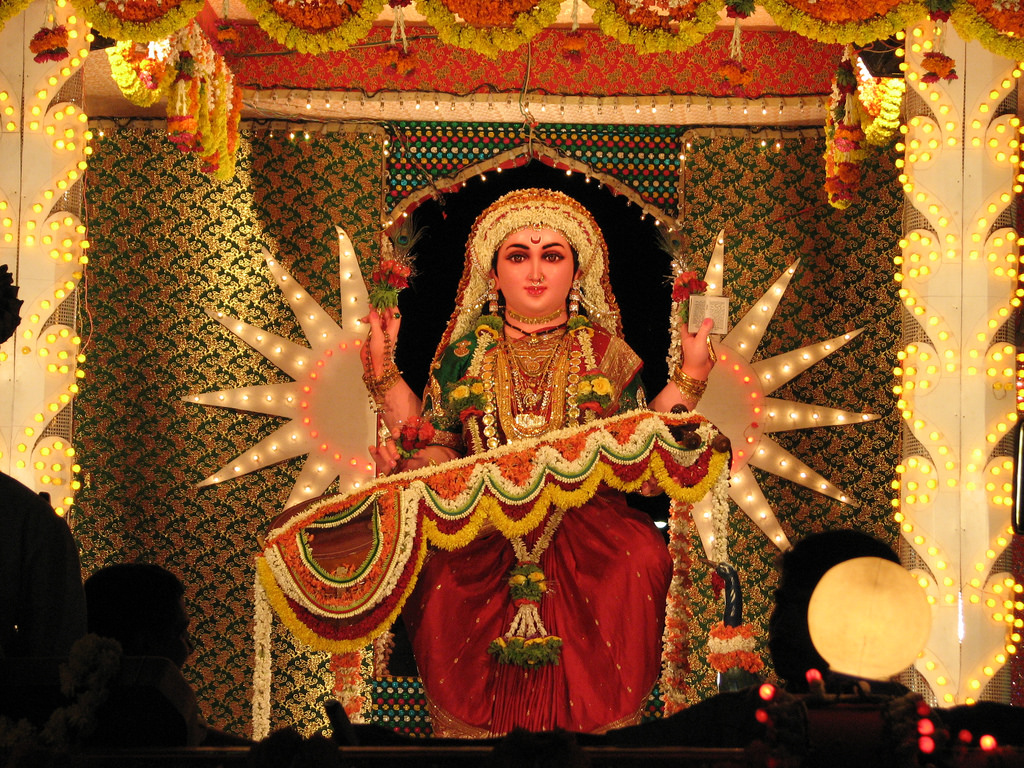Many Moods, Many Reasons, Many Interpretations: Celebrating Diwali
Among the Hindu festivals Diwali or Deepavali holds special significance. It is a festival that represents the varying moods and religious philosophies of the Indian tradition. It lends itself to many interpretations like no other festival. In short Diwali is the epitome of Hindu culture.
Spiritual Significance of Diwali
According to Hindu philosophy there is something that goes beyond the gross or physical body and that is the spiritual body or atman. Diwali celebrates “the illumination of that inner light, which ousts all obstacles, dispels all ignorance and outshines all darkness within the individual soul.” It makes the seeker realise that “one’s real nature is not one’s impermanent body, but is that iridescent, transcendent, infinite power of The One residing in the temple of one’s body.” The festival actually celebrates “the existence of that Ananda (joyful), Ananta (infinite) entity within oneself.”
This is why Diwali is referred to as the Festival of Lights. In the spiritual sense “the festival urges the seeker to become aware of and develop the inner light. The whole idea of lighting the diyas is to find that inner effulgence which lies within every living being.”
Origins
The origins of Diwali can be traced to ancient India when it was an important harvest festival. The festival signifies the celebration of the marriage of Lakshmi with Lord Vishnu. In West Bengal the festival is dedicated to the worship of mother Kali.
Lord Ganesha the elephant headed God, the symbol of auspiciousness and wisdom is also worshipped in most Hindu homes on this day. Diwali also commemorates the return of Lord Rama along with Sita and Lakshman from their 14-year long exile, “after vanquishing the demon king Ravana.” In joyous celebration of the return of their king, the people of Ayodhya, the capital of Rama’s kingdom, illuminated the night with earthen diyas (lamps) and burst crackers.
Each day of the four day Diwali celebration has its own story to tell. The first day of the festival, Naraka Chaturdasi, marks the vanquishing of Narakasura by Lord Krishna and his wife Satyabhama and the liberation of 16,000 women that Narakasura had held captive. At the dying moments of his life, Narakasura witnessed the deep love between Satyabhama and Krishna and regretted all the wrong he had done to all the worlds he had vanquished and acquired. He requested a boon of Krishna that this day be celebrated by lighting lamps in every household, to indicate the dispelling of darkness and ignorance in the world. A wish that Krishna gladly granted.
Amavasya the second day, marks the worship of Lakshmi the Goddess of wealth in her most benevolent form fulfilling the wishes of her devotees. Amavasya also tells the story of Lord Vishnu who in his dwarf incarnation (Vamana avatar) pushed Mahabali into the netherworld (patalaloka).
It is on the third day of Deepavali of Kartika Shuddha Padyami that Bali steps out of patalaloka and rules the earth according to the boon given by Lord Vishnu. Mahabali returns to earth (bhuloka) to light millions of lamps to dispel darkness and ignorance and spread the radiance of love and wisdom amongst his people (the land of Kerala)
The fourth day is referred to as Yama Dvitiya (also called Bhai Dooj) and on this day sisters invite brothers to their homes and felicitate them.
Deeper Significance of Diwali for Hindus
Diwali can be interpreted in Hinduism through three themes:
- The victory of light over darkness/ evil
- The return of the rightful ruler
- To correct aspiration over formal practice
In the first theme, Krishna’s wife Satyabhama kills the demon Narakasura the personification of evil to usher in the rule of light.
The second theme is the return of Rama from exile and his welcome by the lighting of lamps of 20 in a row. The Pandavas of the Mahabharatha also return on this day from their 12 year exile and one year of agyatvas (living incognito).
The third theme and most important is when Krishna finds farmers making their annual offering to Indra the God of thunder and rain and questions them about this ritualistic offering with the expectation of influencing natural phenomena. He tells the farmers to concentrate on farming and when they neglect worship of Indra’s deity the annoyed Indra floods the villages. Krishna however lifts the gigantic Govardhan mountain to shield the farmers and cattle from the rain and Indra realizes the mistake and stops persecuting the farmers. This story elucidates the karma philosophy central to Indian thought.
Spiritual Connotations of Naraka Chaturdashi
There is also higher level connotation to Diwali. Narakasura, the son of the earth goddess Bhudevi and the asura Hiranyakashyap is “indestructible, unavoidable and quasi eternal.” “This story tells us about a recurring condition in life where bad events keep happening to us. It teaches us the lesson that we should learn to accept these events as recurring challenges to our equanimity. We are taught to cultivate equanimity in our lives.”
“In Hinduism equanimity is an active principle of functioning with full attention to phenomenon without attachment to negative factors. The path to equanimity is a constant battle in reaching higher realms of consciousness, in which as we constantly fight the demons within us, but must be overcome to reach the sense of equanimity one needs to have.” The farmers asking Krishna for help with humility enables them to get relief from unexpected sources and in an unexpected manner. We must be perceptive to recognize such help because it is always different from what we would have expected.
Diwali’s Universal Appeal
According to the Original Wavelength Blogspot every sixth person celebrates Diwali in some way and it is an official holiday in ten countries. In Malaysia Diwali is celebrated as Hari Deepavali while in Singapore it is Deepavali. In the U.S the festival has been accorded official holiday status by Congress as of 2007 and San Antonio in Texas was the first U.S. city in 2009 to sponsor a fireworks display. In the UK, Australia and New Zealand too the festival of lights is celebrated.
Other Reasons to Celebrate Diwali
There are other reasons why Diwali is celebrated by Hindus and other communities as well.
To begin with, this was the day Goddess of Fortune Lakshmi emerged as one of the 14 treasures on the new moon (amavasya) of the Karthik month, during the Churning of the Milky Ccean (Samudra Manthan) and became the eternal consort of Lord Vishnu. Another reason is that it was on Diwali that Lord Vishnu in his fifth incarnation of Vamana avtar “rescued Lakshmi from the prison of Mahabali.”
Diwali is also the day one of the greatest Hindu king Vikramaditya, was coroneted making the day historical.
Arya Samajis mark the day to remember the attainment of Nirvana by Maharishi Dayananda, one of the greatest reformers of Hinduism and founder of Arya Samaj.
It is also a special day for Jains as Mahavira, the most famous Jain tirthankara, also attained Nirvana on Diwali.
Buddhists celebrate Diwali as the day the great emperor Asoka converted to Buddhism around 265 BC.
For the Sikhs, it is the celebration of Bandh Chhorh Diwas or day of freedom when their sixth guru, Guru Hargobind, was released from prison by the Muslim emperor Jahangir in 1619 CE.
The significance of Diwali Rituals
All the rituals of Diwali have a significance and story to tell. “The sound of crackers is an indication of the joy of the people living on earth to make the Gods aware of their plentiful state. A more scientific reason is that the fumes produced by the crackers kill a lot of insects and mosquitoes found in plenty after the rains!”
The tradition of gambling on Diwali has a legend behind it. It was on this day that Goddess Parvati played dice with Lord Shiva and she decreed that whoever plays dice on that day would prosper throughout the ensuing year.
Aside from the rituals of bursting crackers, lighting diyas, distributing sweets, wearing new clothes and purchasing jewellry, Diwali is a festival with layers and layers of meaning for every religious philosophy and all sections of society. It is truly a festival that binds India together and gives meaning to that much quoted phrase “unity in diversity”.
Kanaka Nagaraj Sabapathy
References
- dollsofindia.com (Newsletter Archives) “Diwali the Festival that Binds India Together”; 2009
- http://hinduism.about.com/cs/diwali/a/aa102003a.htm
- http://originalwavelength.blogspot.in/2011/10what-is-so-special-about-diwali.html?m=1











